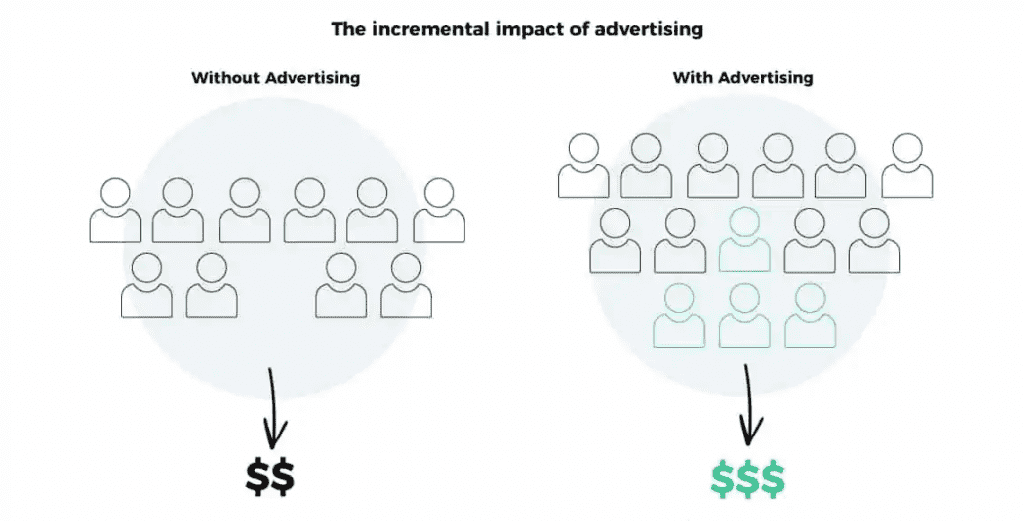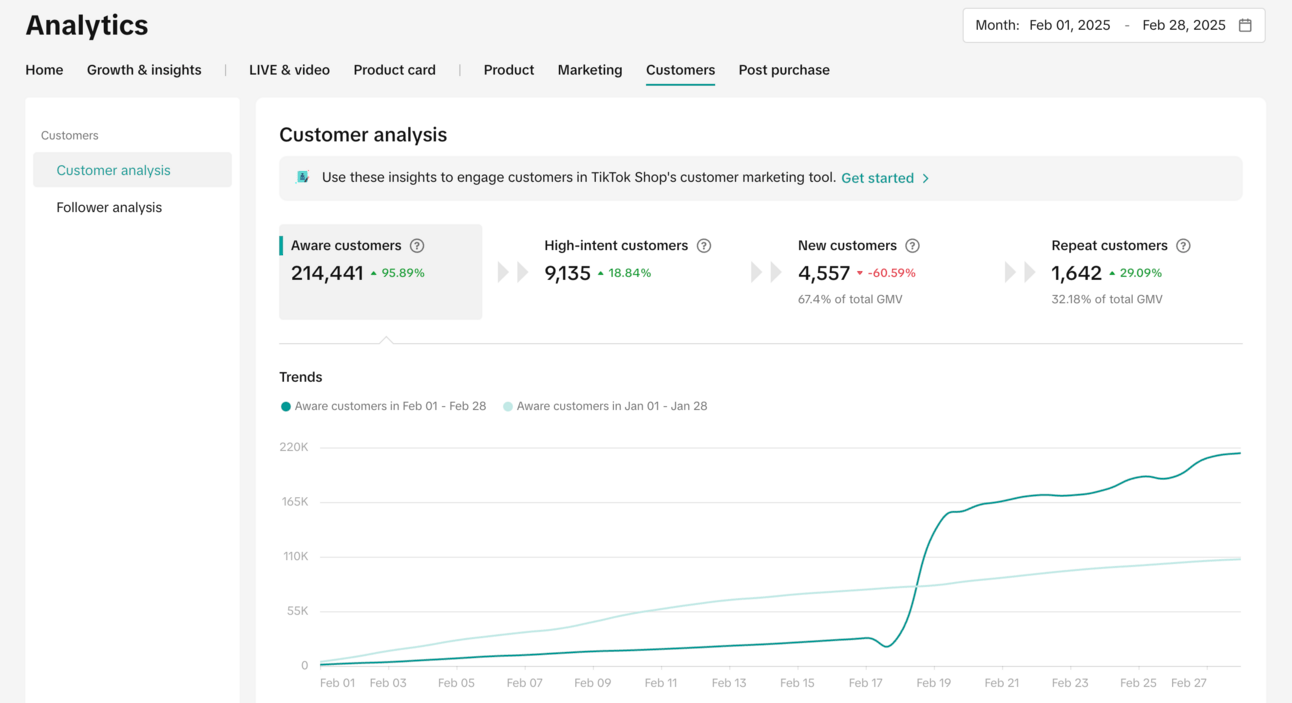- TikTok Shop Playbook
- Posts
- 🎯 Are Your TikTok Shop Sales Actually Incremental?
🎯 Are Your TikTok Shop Sales Actually Incremental?
There’s a common trap TikTok Shop sellers fall into:
They launch an affiliate campaign…
Run Shop Ads on top videos…
See a spike in GMV…
And assume everything's working.
But here’s the thing: not all revenue is created equal.
In performance marketing, especially on TikTok Shop, you need to go deeper than attribution.
You need to ask:
How much of this growth is actually incremental?
🚨 What is Incrementality (and Why It Matters)?
Incrementality is a fancy way of saying:
“Would these sales have happened without this specific marketing effort?”
It separates true lift from revenue that would’ve come in anyway.
Let’s say a creator drives $10,000 in sales. But when you look at the data:
70% of those buyers were already following your brand
50% had bought from you before
That means most of those sales weren’t truly “new” — they were just nudged a little by the campaign. The incremental impact might only be a small slice of what got attributed.
👉 And especially if you’re paying this creator — whether it’s a flat fee, a gifting package, or Spark Ad whitelisting — you should be trying to understand the true ROI of that investment. Attribution alone might say “$10K in sales,” but incrementality might reveal you only got $2K of actual lift.

🧠 Why Sellers Get This Wrong
TikTok Shop doesn’t give you robust attribution tools today. In fact, it gives you just enough to be dangerous:
You see which creator “drove” the sale
You see how much GMV each video generated
You see coupon redemptions by campaign
But what you don’t see is:
👉 Would that customer have purchased anyway?
And yet — most brands (especially newer ones) treat what the dashboard shows as gospel. They assume all attributed sales are caused by the channel or creator, when in reality, much of it is correlation, not causation.
This leads to:
Over-investing in creators who don’t actually move the needle
Scaling Spark Ads that cannibalize organic
Thinking a promo worked, when it just pulled forward demand
Without thinking in terms of incrementality, you're optimizing on surface-level data — and missing the bigger picture.
🛒 What Incrementality Looks Like in TikTok Shop
Let’s break it down by channel:
1. Affiliates
You seed 50 creators. One drives $20K in sales.
✅ Good sign: 80% of buyers are new-to-brand, coming from that creator’s audience.
⚠️ Red flag: Most of the buyers have purchased before. Your creator didn’t expand your funnel — they just got credit for closing existing interest. Unfortunately, there isn’t a way to access the returning vs new customers data inside seller center
2. Spark Ads
You take a top-performing organic creator video and run Spark Ads on it.
Sales triple. But was it the paid push… or was that video going viral regardless?
To know the true lift, you need a holdout group — run Spark on some videos, leave others untouched. Then compare.
If you’re running a GMV Max campaign, it becomes even harder — the entire process is automated, and there’s no way to bifurcate between new and returning customers, which clouds any read on actual incremental lift.
3. Promo Campaigns
Let’s say you run a “20% Off” campaign. GMV jumps. Feels like a win, right?
But then you dig in:
Majority of sales came from existing customers
A ton of people used the code who would’ve paid full price anyway
That’s not incrementality — that’s just margin erosion.

🚧 The Limitations of Measuring Incrementality on TikTok Shop
We’ve shared the feedback with TikTok Shop team, and hopefully sellers can get more data around incrementality. But right now, there are major data limitations that make true incrementality measurement hard.
For example:
You can’t directly see if a customer is new vs returning at the campaign or content level.
The only available insight is in the Customer Analysis tab, which gives you weekly or monthly breakdowns of new vs returning customers — but doesn’t attribute them to specific creators, videos, or campaigns.

So while we can talk about incrementality as a concept — the execution inside TikTok Shop is far from perfect.
That doesn’t mean you should ignore it. But it does mean you need to use proxies:
Monitor account-wide changes during major campaigns
Pair internal customer data (if you have a Shopify backend) with TikTok sales
Look at shifts in new buyer ratio after rolling out a promo or content push
Is it precise? No.
But is it better than blindly trusting the attribution dashboard? 100%.
📈 How to Estimate Incrementality Anyway
Even with limitations, here’s how to start thinking in incremental terms:
✅ 1. Track New vs. Returning Customers Over Time
Even if you can’t see it by campaign, track it monthly. Did your % of new buyers spike after your promo? Or stay flat?
You’ll also notice shifts here when your hero SKU strategy changes — for example, introducing a lower-priced or more viral-friendly entry product often brings in a higher ratio of new customers, while pushing bundles or refills may skew toward returning buyers.
✅ 2. Use Unique Discount Codes
Assign unique codes to creators. You won’t know if redemptions were new buyers — but you’ll know if a creator moved the needle.
We’ve leaned heavily into this strategy — rather than offering discounts directly on the product page, we keep pricing clean and consistent, and instead equip creators with exclusive promo codes. This allows us to preserve perceived value while still enabling attribution at the creator level.
✅ 3. Run Holdout Tests
Only run Spark Ads on half your top videos. Only send promo codes to half your warm list. Then compare.
And if you really want to measure incrementality well, avoid GMV Max campaigns — they automate everything and make it hard to isolate what’s actually driving lift. Manual campaigns give you full control over which content gets spend, letting you test one video vs. another and identify what’s truly incremental.
✅ 4. Calculate Incrementality %
Use this formula for rough guidance:

If a creator drove $10K in sales, and you estimate $2.5K was incremental…
That’s 25% incrementality. Not great. But now you’re optimizing with clarity.
💬 Final Thoughts
TikTok Shop is fast, chaotic, and full of noise. The dashboard makes everything look like it’s working — even when it’s not.
Attribution ≠ impact.
GMV ≠ growth.
And not all sales are equal.
If you want to build a shop that compounds over time, start tracking what’s actually moving the needle.
Even if TikTok doesn’t give you perfect data — ask better questions, dig deeper, and keep one eye on what’s real:
Incremental revenue.
New demand.
Profitable growth.
That’s how the best sellers scale.